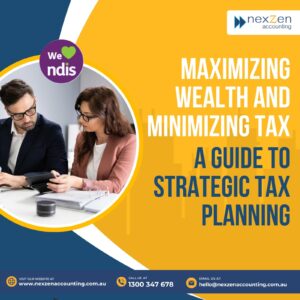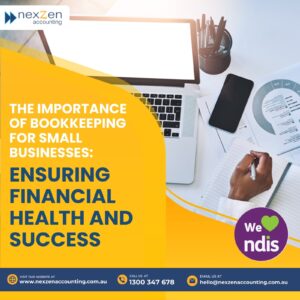When you can get a refund. Refunds aren’t always an automatic right. Businesses don’t have to give you a refund if you:
- Change your mind
- Buy the wrong size
- Buy the wrong colour.
Some businesses still do offer refunds in these situations. This is their choice and not a legal requirement.
You are always entitled to a refund if a consumer guarantee is not met.
Refund methods
Businesses will usually give you a refund in the same way that you originally paid them. This might be cash, cheque, money order or electronic transaction. They won’t give you the refund in cash unless that’s how you paid them.
Businesses don’t always have cash available, even if you paid cash originally. If this is the case, they must give you the refund in another form. Some businesses might offer replacement items, exchanges or credit notes instead of a refund. You can insist on a refund if a consumer guarantee entitles you to one.
Refund conditions
In most cases, a business cannot place fees or conditions on a refund or exchange. This includes restocking fees.
They can only place fees or conditions on a refund if they : aren’t legally required to give you the refund and clearly displayed these terms in writing, either in store or on your receipt.
Businesses changing owners
Usually, the new owner of a business doesn’t have to give you a refund unless they made the sale. In some cases, the new owner does take responsibility for repairing faulty products.
Check with the business for what they will offer. You still have the right to pursue the manufacturer if the retailer doesn’t help.










